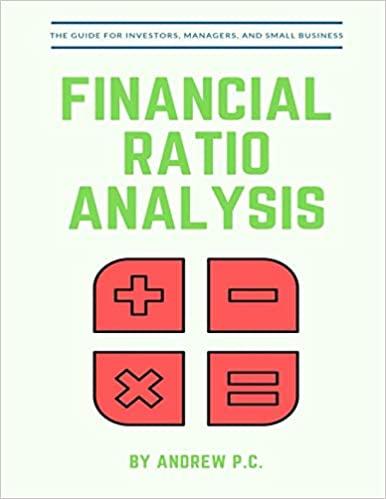Question
1. Assume that you manage a risky portfolio with an expected rate of return of 17% and a standard deviation of 27%. The T-bill rate
1. Assume that you manage a risky portfolio with an expected rate of return of 17% and a standard deviation of 27%. The T-bill rate is 7%.
| You estimate that a passive portfolio invested to mimic the S&P 500 stock index yields an expected rate of return of 13% with a standard deviation of 25%. |
| What is the slope of the CML? (Round your answer to 2 decimal places.) |
2. You manage an equity fund with an expected risk premium of 10% and a standard deviation of 14%. The rate on Treasury bills is 6%. Your client chooses to invest $60,000 of her portfolio in your equity fund and $40,000 in a T-bill money market fund. What is the reward-to-volatility ratio for the equity fund? (Round your answer to 2 decimal places.)
3. You invest $10,000 in a complete portfolio. The complete portfolio is composed of a risky asset with an expected rate of return of 15% and a standard deviation of 21% and a Treasury bill with a rate of return of 5%. How much money should be invested in the risky asset to form a portfolio with an expected return of 11%?
| $6,000 | |
| $4,000 | |
| $7,000 | |
| $3,000 |
Step by Step Solution
There are 3 Steps involved in it
Step: 1

Get Instant Access to Expert-Tailored Solutions
See step-by-step solutions with expert insights and AI powered tools for academic success
Step: 2

Step: 3

Ace Your Homework with AI
Get the answers you need in no time with our AI-driven, step-by-step assistance
Get Started


